Lighting and productivity go hand-in-hand. Many of us are familiar with how out-of-sorts we feel after a full day spent under fluorescent bulbs. A ‘day’ without daylight can play with our circadian rhythms, which are important for our sleep quality, our health, our mood and our cognitive abilities. This blog post explains how daylight is the natural wake-cue, whilst dawn and dusk are also important cues. High light levels in the day and darkness at night are essential for optimal sleep.
Despite most of us having an awareness of this (especially with more focus on ‘sleep hygiene’ these days), few offices go further. We need to connect the dots between lighting and employee happiness, productivity and overall health. Office lighting is therefore important for workplace wellbeing, something very important to our processes here at Business Interiors.
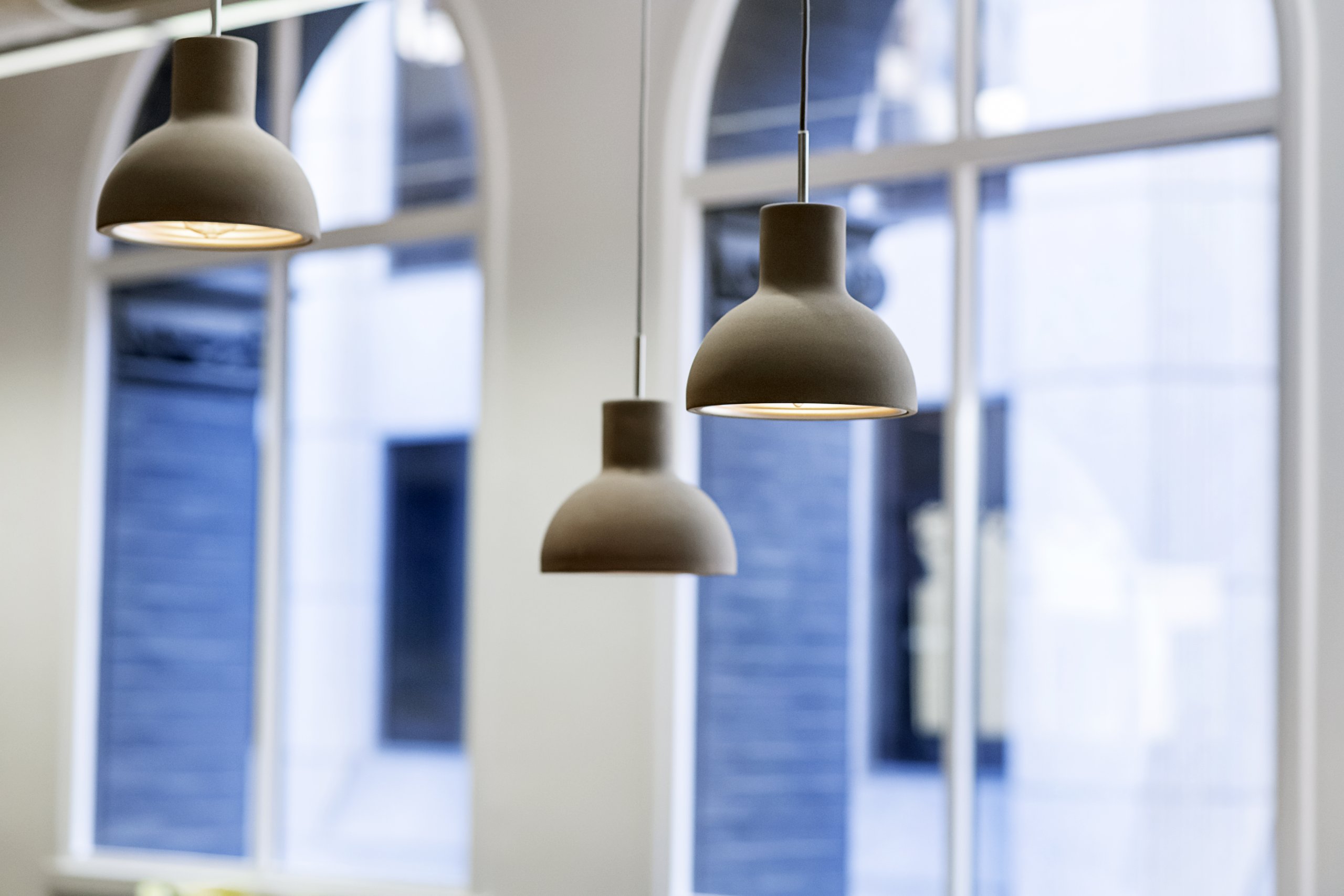
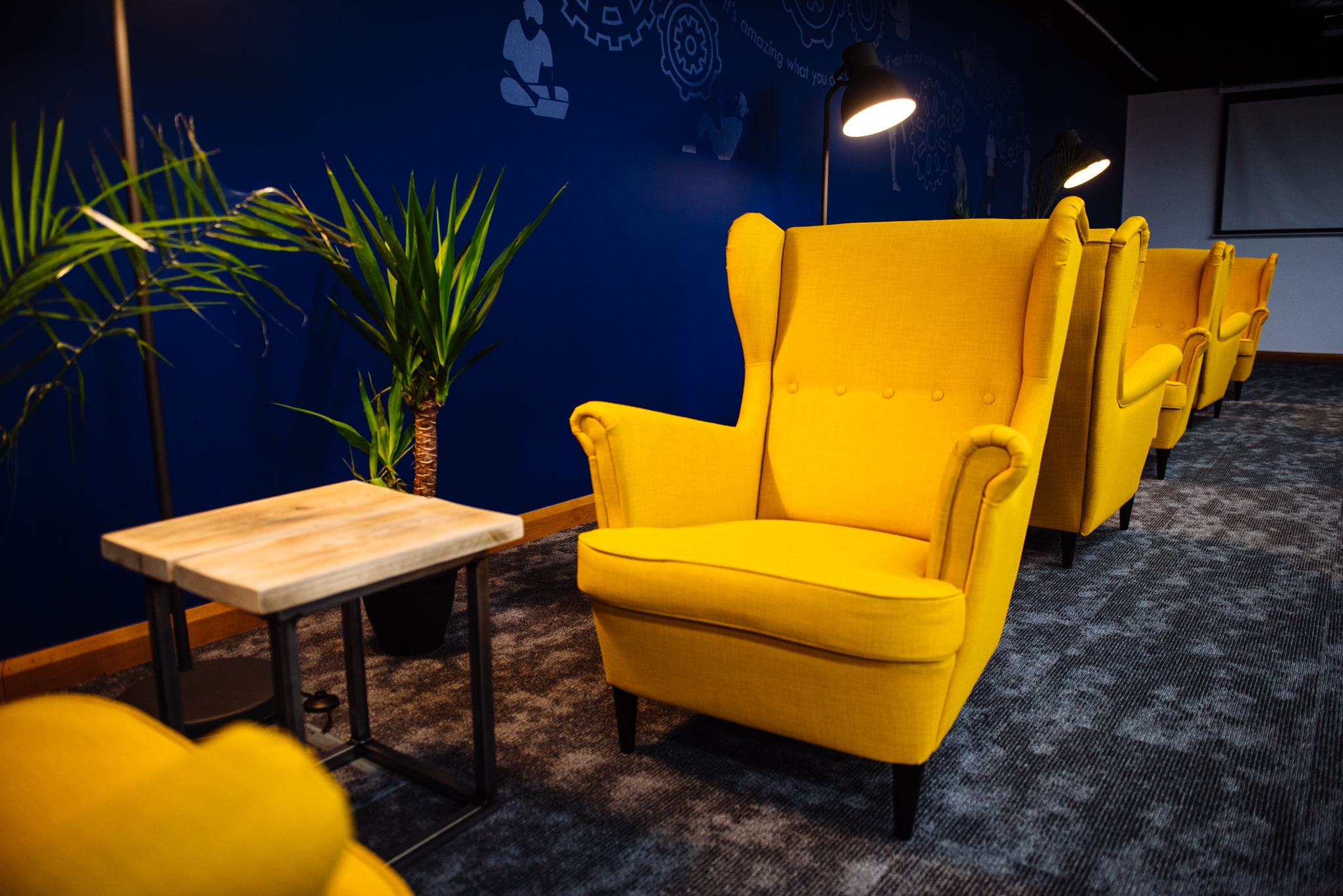
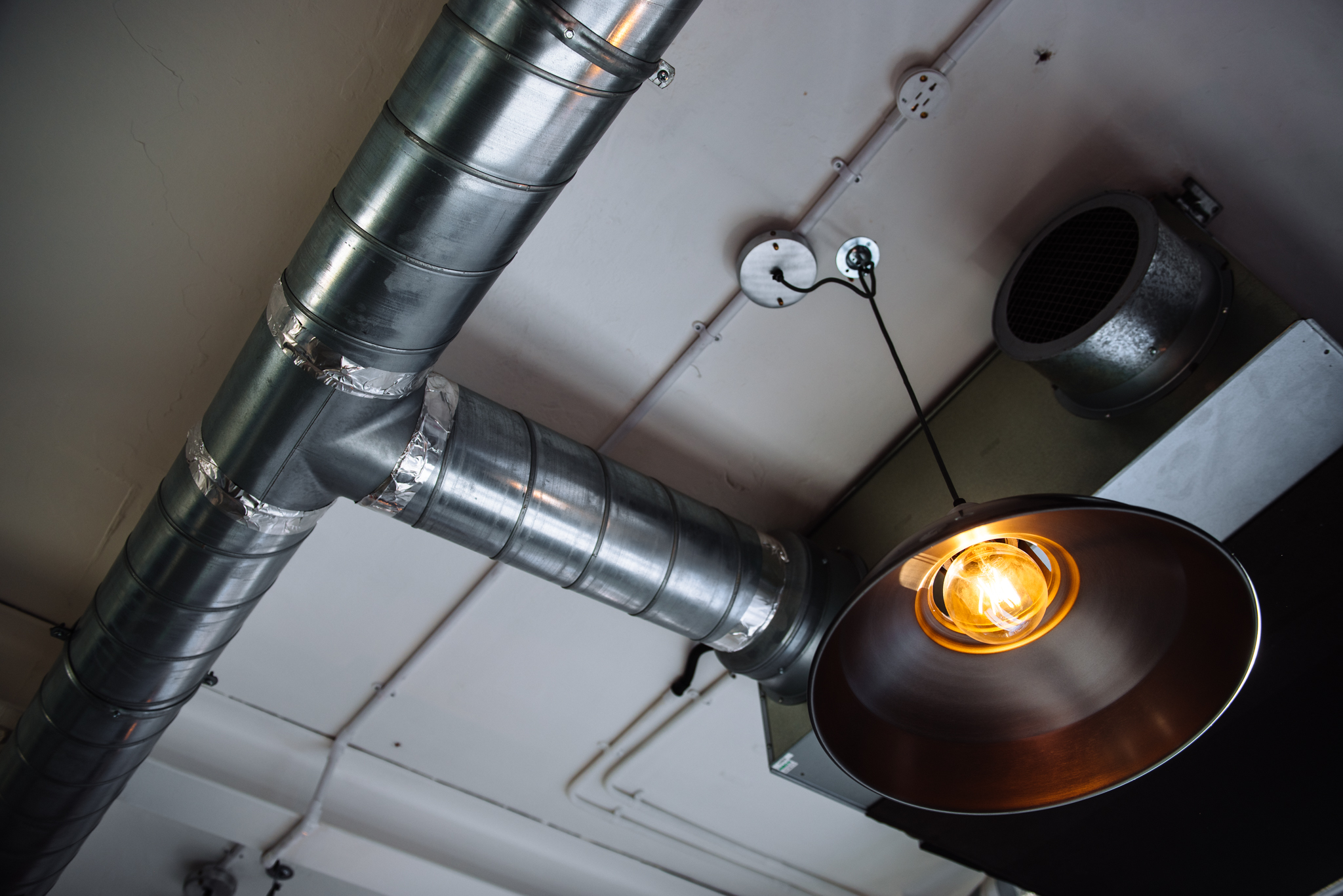
Getting out at lunchtime. It’s not only a good opportunity for exercise, and getting a psychological break from work, it’s also a great chance to get out into the daylight. We all feel refreshed and invigorated after even 15 minutes out in the daylight.
As well as the obvious physiological benefits of good lighting (such as minimising eye strain and headaches), bad lighting is also associated with stress and anxiety. In fact, it goes deeper. As this article explains:
“When the retina sends information about the light in the environment to the biological clock, it can trigger melatonin secretion, hormone production, digestion, increased or decreased muscle strength, core body temperature regulation, and immune response—everything is responding to the biological clock. And the whole thing is governed by signals from light in the environment and how it synchronizes with the internal clock.”
The effect is clearly profound. And not only is it biological. This research from 2018 illustrates that 80% of employees stated that good office lighting was important, and ⅓ would be happier if they had better office lighting.
We thought it might be useful to highlight some of the advances in office lighting which can help to mitigate any negative impact from after-hours working, and prioritise employee health, wellbeing, productivity and satisfaction.
This innovative product creates a real optical illusion. CoeLux have managed to replicate the true effect of natural sunlight in a clear blue sky, reproducing virtually the experience of sun and sky and potentially even changing our perception of reality. https://www.coelux.com/
Mimicking the progress of daylight outside allows workers’ circadian rhythms to synchronise to better support workplace productivity and more fulfilling rest. Ketra LEDs are a product that mimics colour temperature and intensity of natural light, shifting from crisp and bright daytime light levels to softer, warmer light levels come evening.
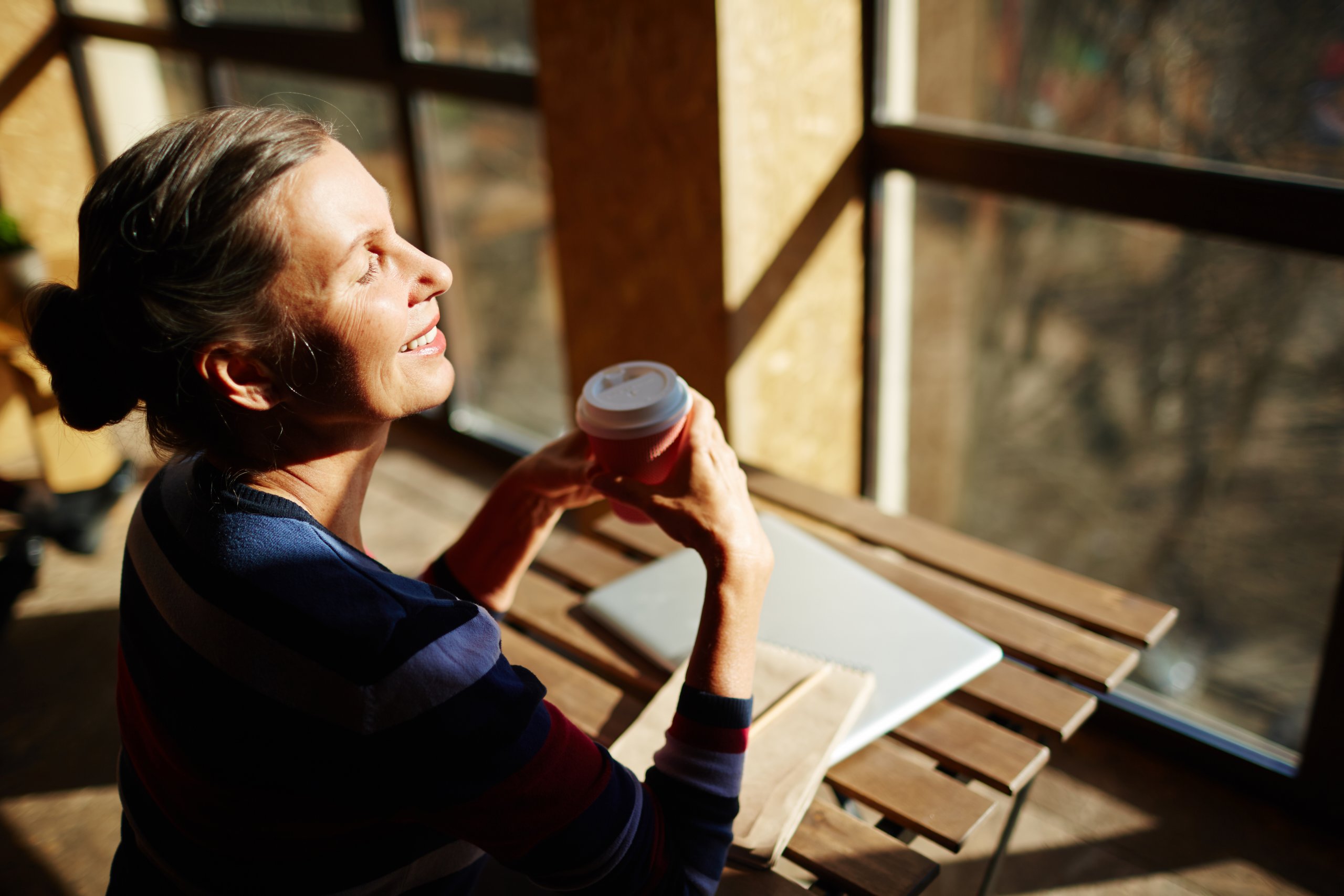
Lux = Lumen per metre squared. As well as lighting solutions, Lux takes into account levels of naturally occurring daylight and the amount of space. Lux-measuring apps are available to check out your Lux levels. Most offices are lit to the standard level of 500 lux. In order to reset our biological clocks in the morning, though, we need a minimum of 600 Lux to our cornea.
This research from 2007 discovered that when horizontal luminance was alternated per work shift, between 800-1200 Lux, the workers’ speed (here, in a factory assembling electronic devices) increased markedly under the conditions of 1200 Lux. The research suggests that lighting levels that go up to 2000 Lux in the morning and afternoon reduces physiological stress, energising the body. Most people feel awake and energised at higher Lux levels, and the research supported these conclusions.
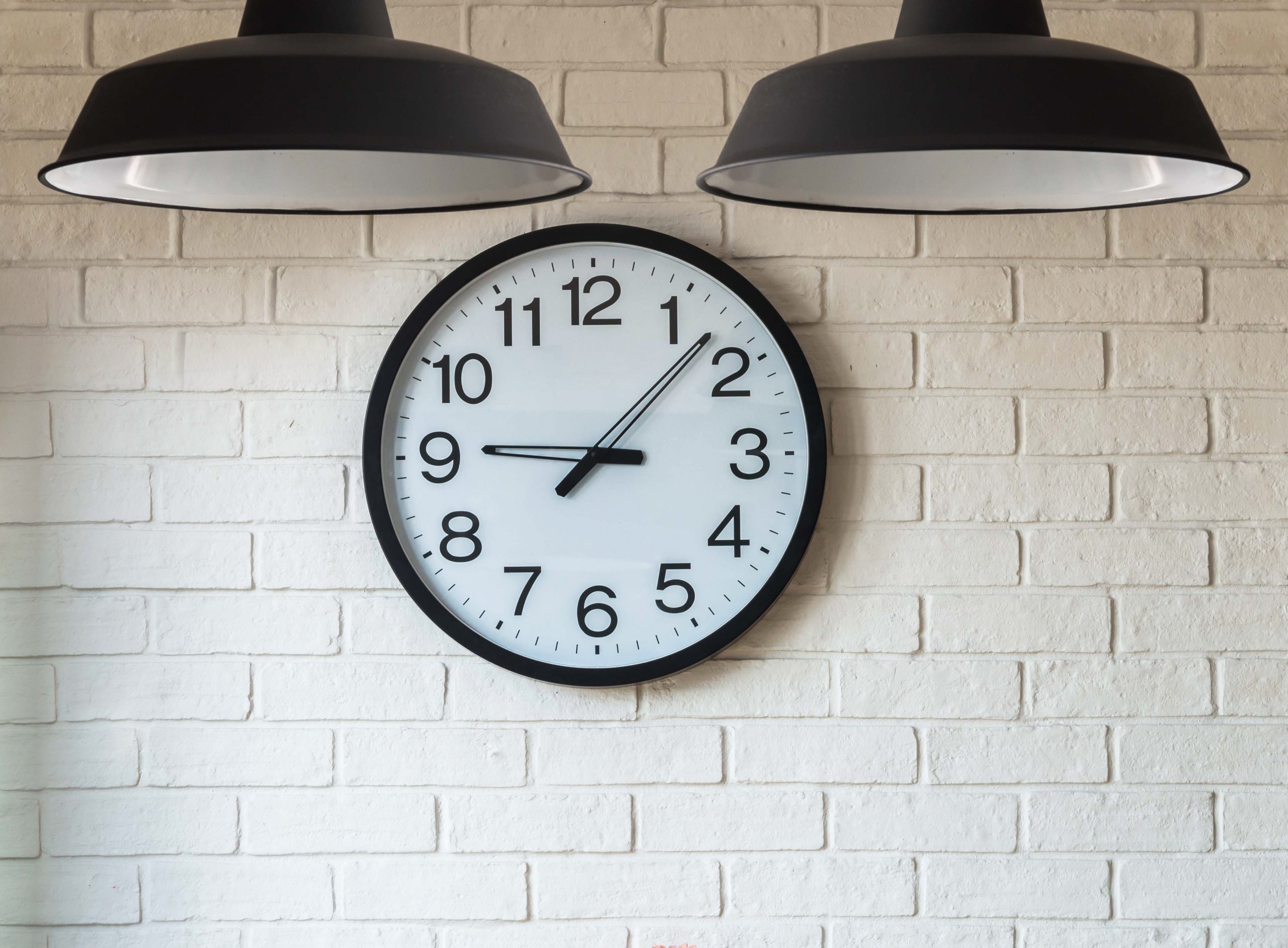
Where you can provide better access to daylight, that is definitely the best solution. But where that’s not possible, and besides a total redesign of the building envelope that’s likely to be the case for many, mimicking daylight is the best, healthiest option.
If changing the envelope of the building is an option, consider light in breakout areas and kitchens. Skylights and windows in areas where people spend a little time brewing their morning coffee and eating their lunch is a perfect solution to provide a window of high-intensity natural blue daylight.
Yes you can provide fluorescent lighting all day long, but it’s clear that short-term productivity is mitigated by long-term health, wellness and productivity implications. So tricking employees into feeling like it’s morning all day long will not help in the long term.
What does that mean in practice? It means lighting that moves from high blue content earlier in the day to lower blue levels, with intensity too gradually lowering as the day goes by.
Need advice on office lighting solutions? Get in touch with Building Interiors today.